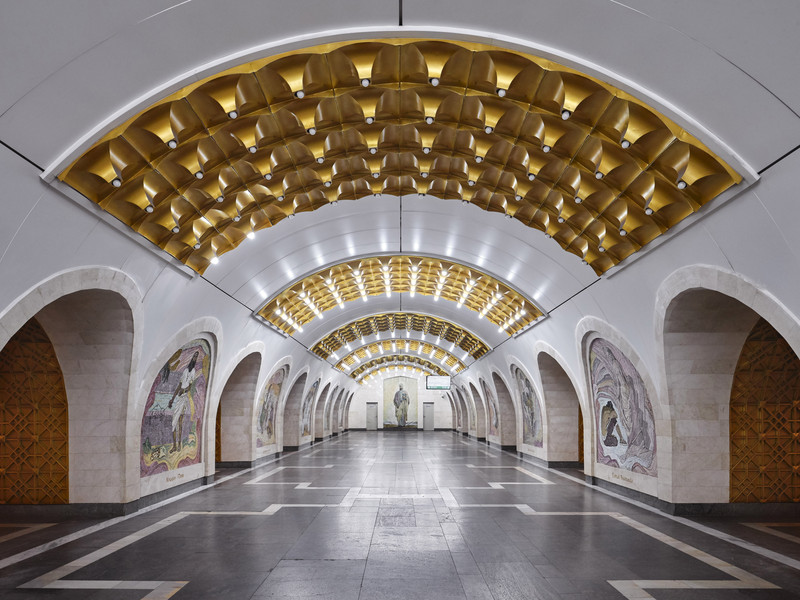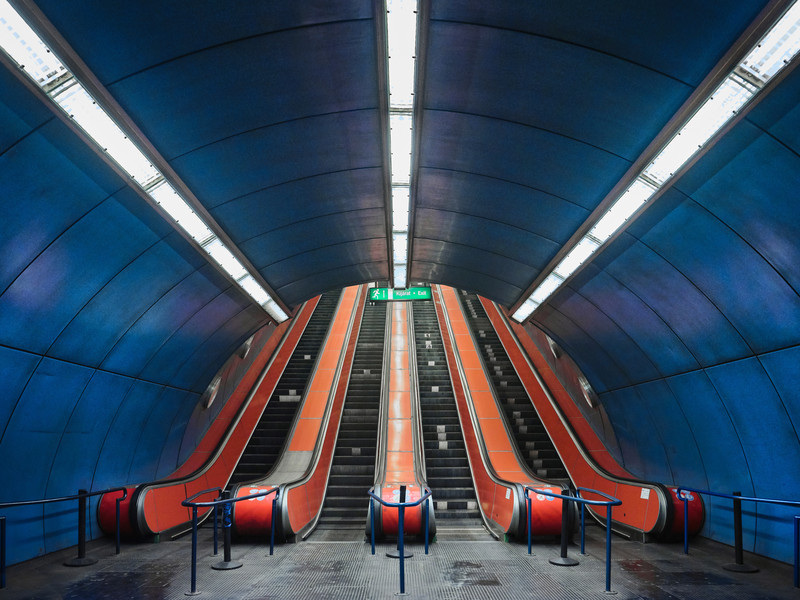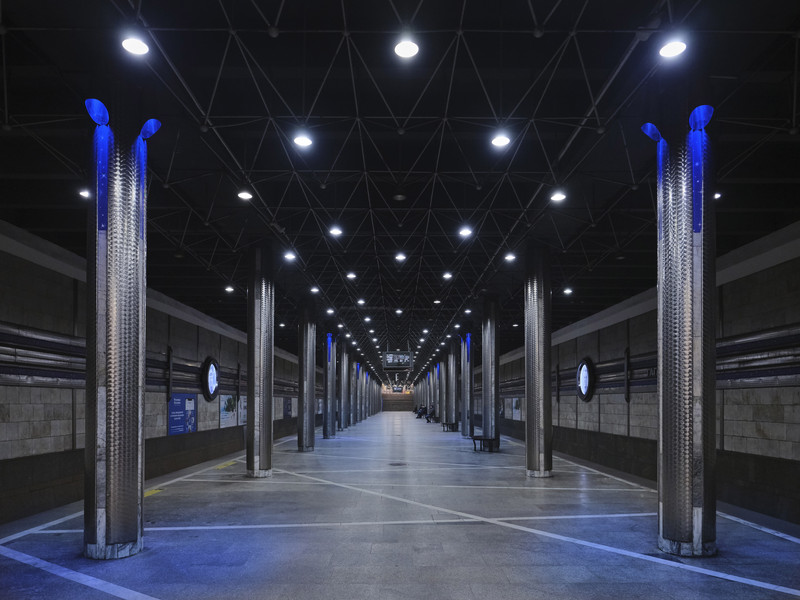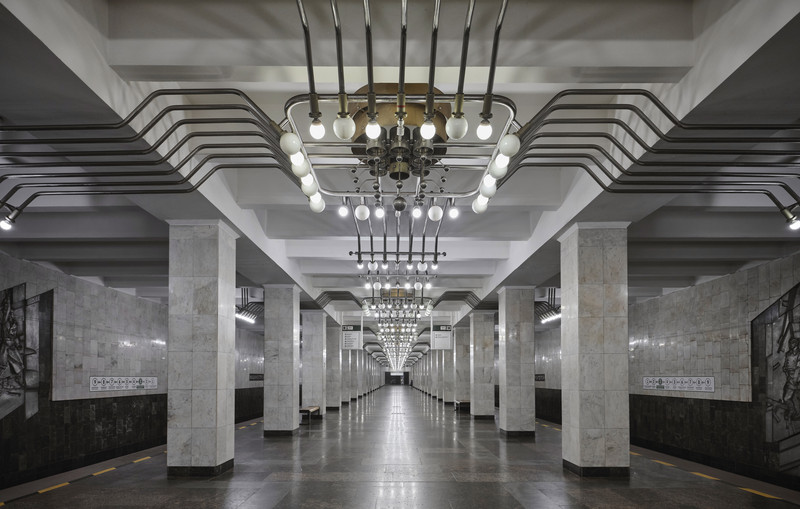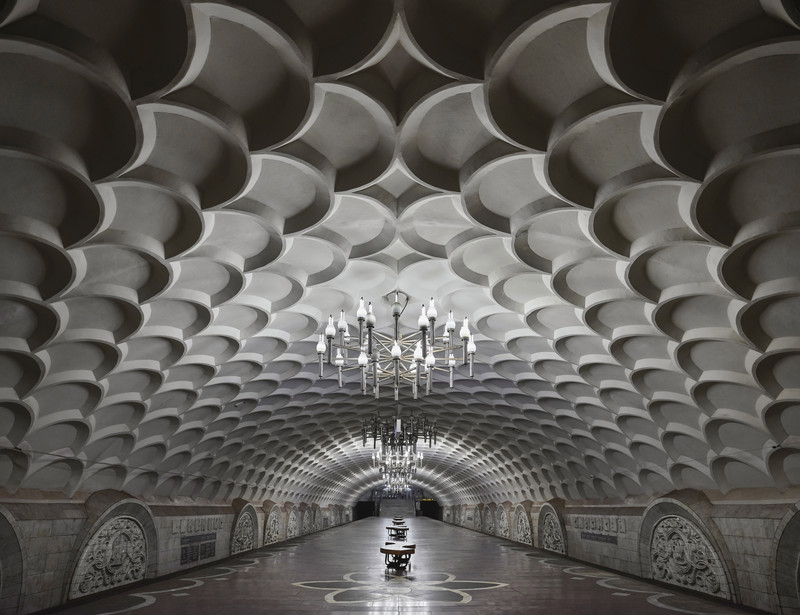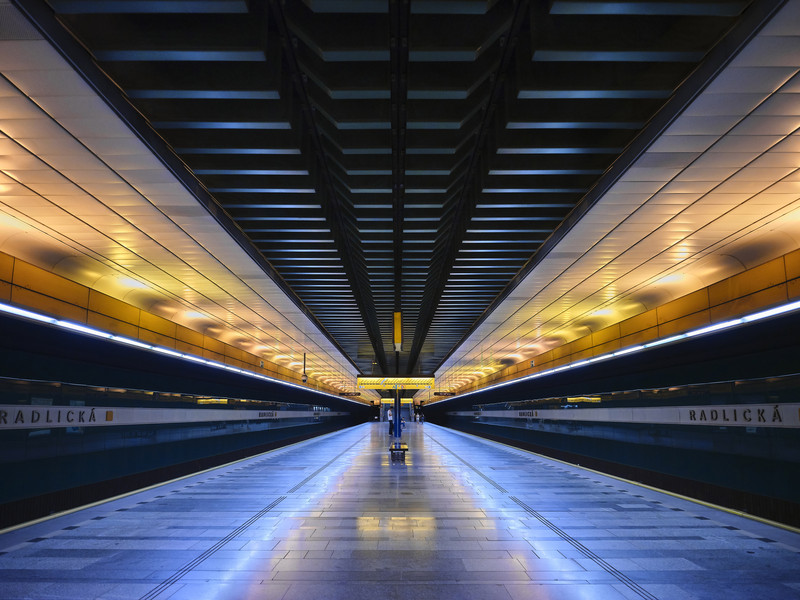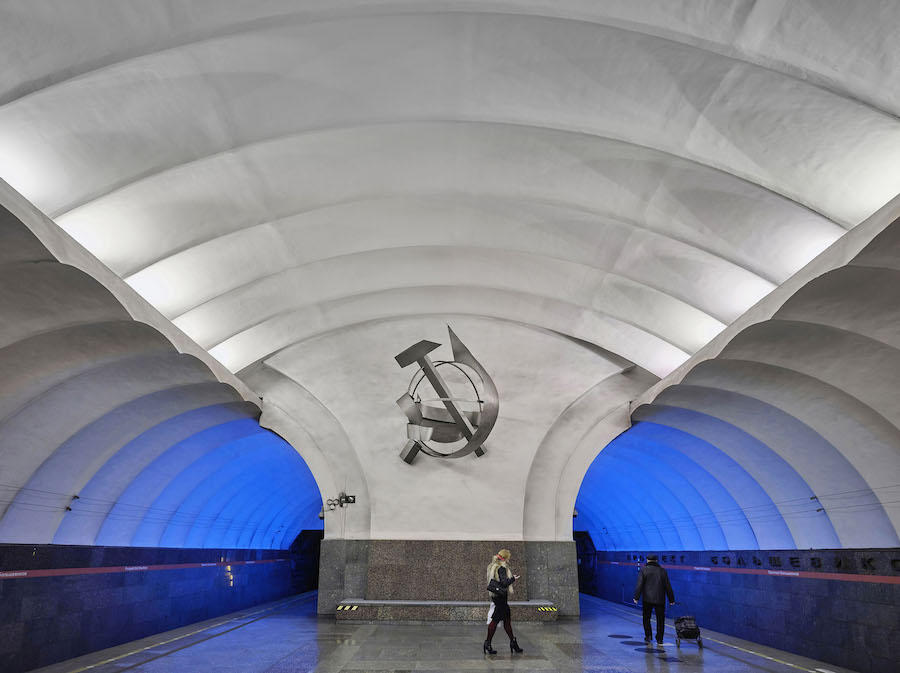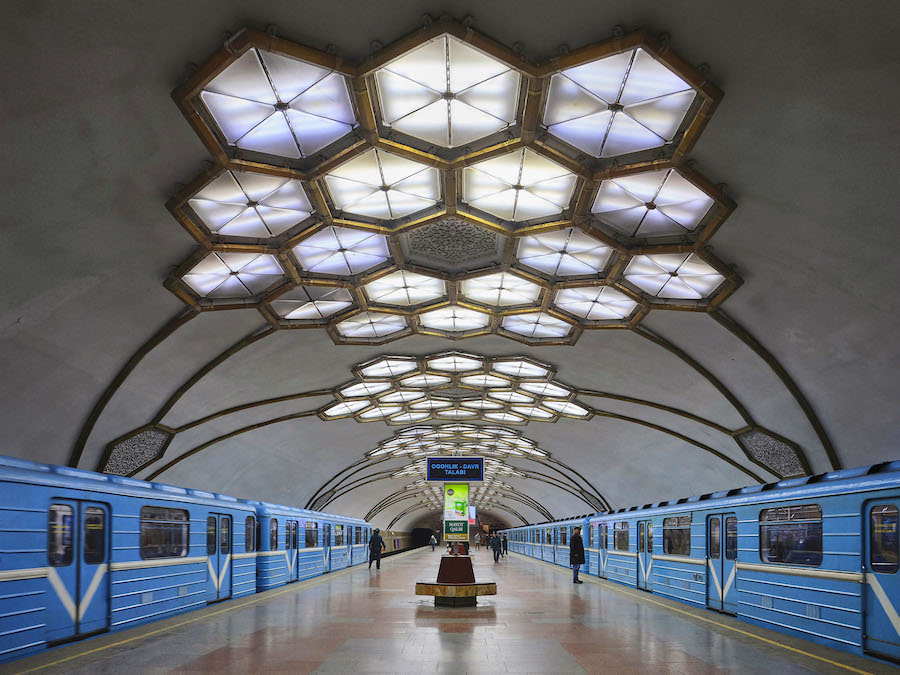CCCP Underground
© Frank HerfortToday, at the beginning of the 21st century, when a sophisticated viewer can rarely be surprised by a bold design or well organized space, the Soviet metro, whose oldest stations will soon turn 85 years old, continues to amaze and, most importantly, live its own life.
Born almost 70 years later than the first metro in the world, the Soviet metro - as its creators called it - immediately eclipsed its foreign "older brothers". The young Land of Soviets, which is getting on its feet after the First World War and the revolution, with the opening of the first metropolitan subway in May 1935, as if announced to the whole world about the talents of its engineers, architects and builders, who created not only a modern comfortable transport system, but also the greatest work of art ...
As we did 80 years ago, going underground - in Nizhny Novgorod, Kiev, Tbilisi or Dnepropetrovsk - we find ourselves in a completely different world, continuing to live our own life, hidden from the sunlight. A world in which, as in the cultural layer of archaeological monuments or medieval chronicles, a vivid kaleidoscope of the history of a huge, long disappeared and turned into a contradictory legend of a great country, national motives of ancient cultures of different republics, events of a state and local scale was captured. The artistic solution of these underground halls is not an exact fixation of past events, but an artistic rethinking of reality through the most complex and polyphonic art form - architecture.
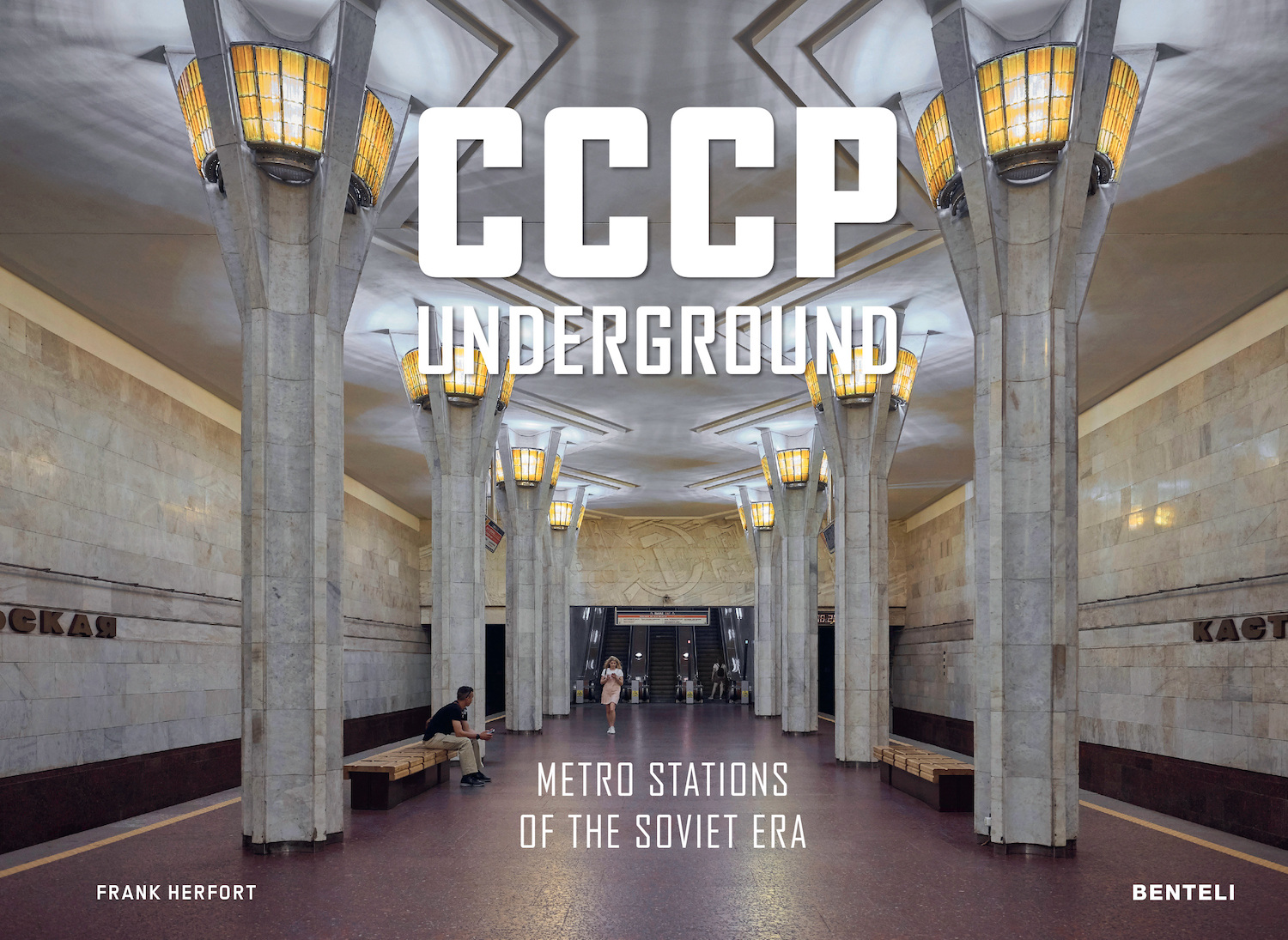
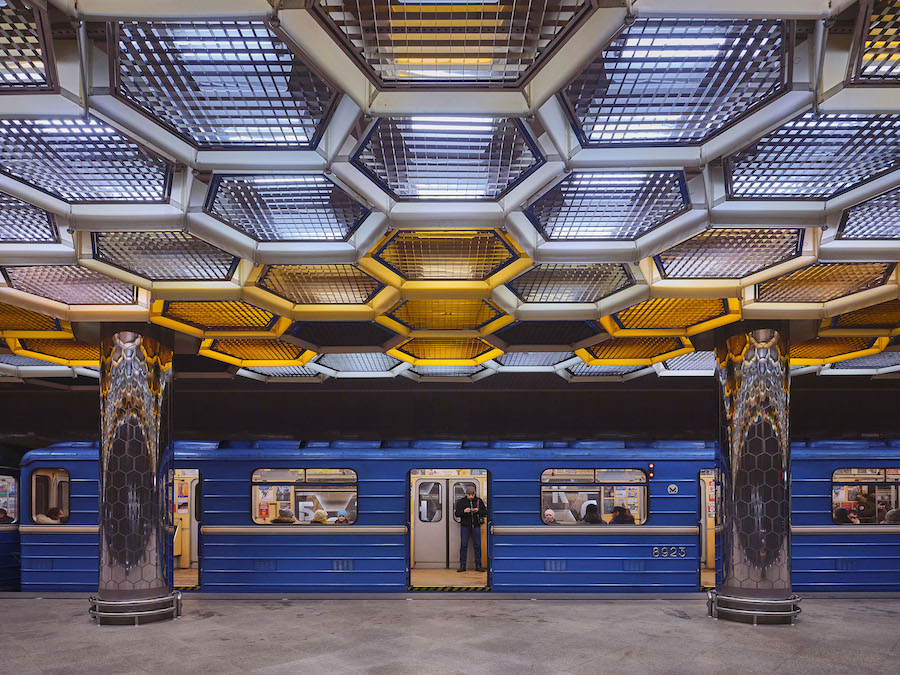
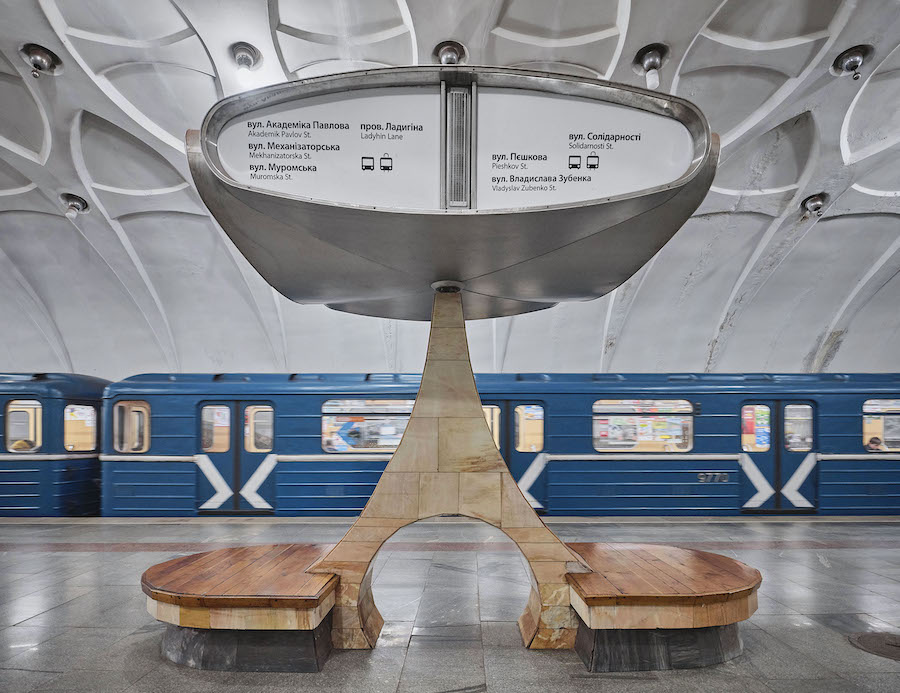

The game of geometric volumes of the free era of constructivism, refined Art Deco lines, bitterness and zeal for the victory of wartime stations, the triumphant march of the post-war Empire style, the lightness and functionality of modernism - these are just generalized names of chapters of the long and complex history of Soviet art, the directions and trends of which were clearly manifested in images of underground structures.
In his work, Frank Herfort for the first time refers not only to the stations of the world-famous Moscow Metro, but also to the underground structures of St. Petersburg, Kiev, Minsk, Baku, Kharkov, Dnepropetrovsk, Yekaterinburg, Nizhny Novgorod, Novosibirsk, Samara, Tashkent, Tbilisi and Of Yerevan. Objects located thousands of kilometers from each other, created in completely different hydrogeological and cultural-historical conditions, designed for different passenger flows and pursuing different propaganda goals in their artistic solution, are added in Frank's photographs into an integral artistic phenomenon of socialist art. Frank Herforth's new project is not just a fixation of the external and internal appearance of more than 560 Soviet metro stations, it is an independent work of art - the art of photography - inspired by the works of architects, sculptors, artists and mosaicists of the last century.
The author's camera lens here acts not as a mechanism for fixing reality, but as an artist's brush, skillfully snatching elusive but truly precious frames from the whirlpool of everyday life. In Frank's works, famous figure skaters from the medallions of the capital's Dynamo station and cosmonauts from the ceramic panels of the Tashkent Cosmonauts station, the powerful columns of the Golden Gate in Kiev stylized in the style of Old Russian architecture and the graceful pillars of St. era, revealing the unity of the roots and the originality of each artistic object. Filled with happiness and lightness, airplanes of the industrialization period greet the banner of Victory, full-blooded and well-fed babies of the 30s laugh in unison with their peers of the Thaw era minted from copper, and the pompous Empire chandeliers sparkling with gold and rubies seem to argue about the truth of the light they emit with the cold lamps of the sunset Soviet modernism.
Thanks to the sharpness of the author's eyes, the viewer reveals details invisible to the average person, surrealistic combinations, plots full of tragedy and, as if by a red thread, connecting the inhabitants of different cities and the utopian ideals of the collapsed empire that remained in marble and bronze.
- Ksenia Smirnova, Architecture Museum Shusev Moscow, 2021
click to view the complete set of images in the archive

